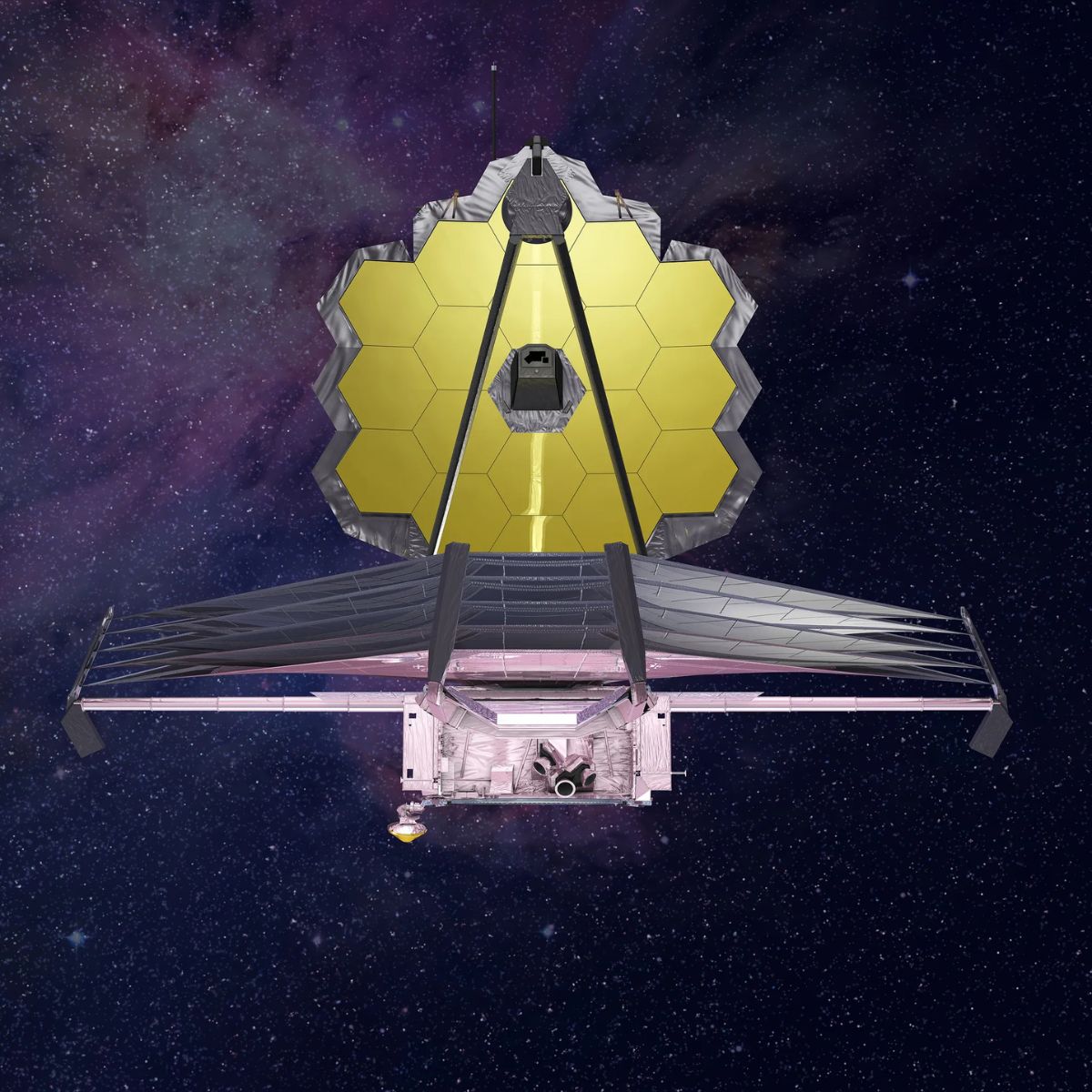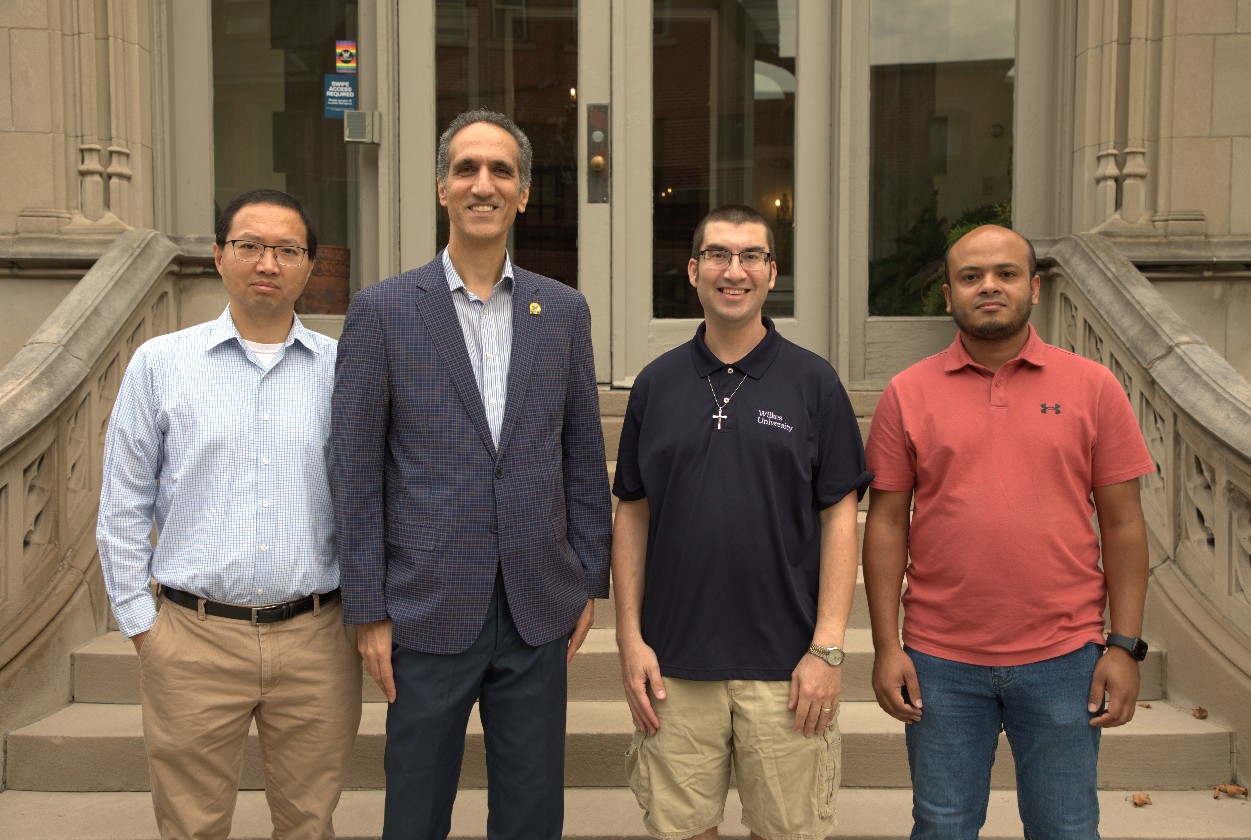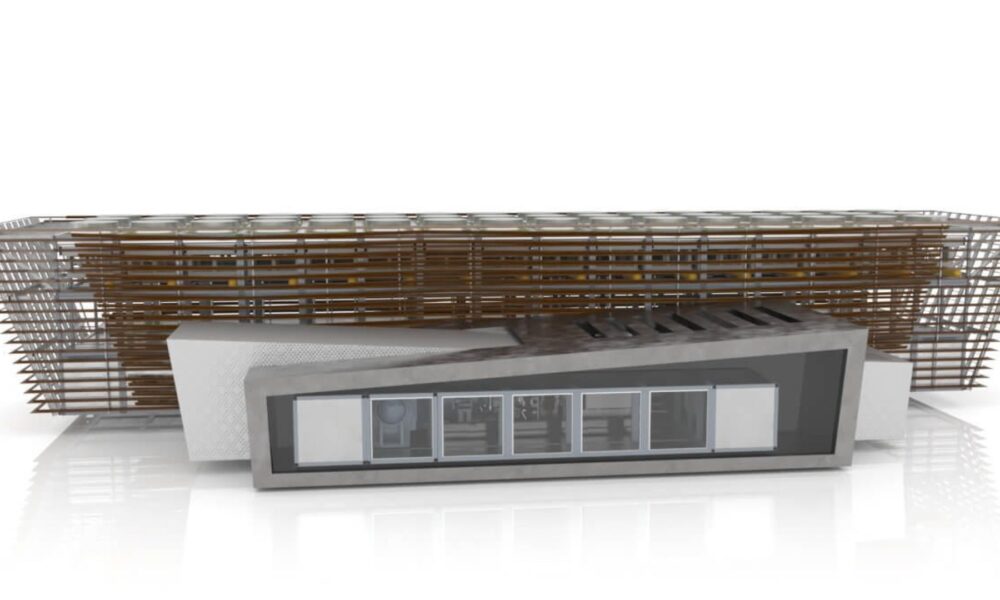Researchers from the KTH Royal Institute of Technology have created what they describe as the “most comprehensive spatiotemporal atlas of first-trimester human heart development to date.” Their findings, published in Nature Genetics in March 2024, reveal critical insights into the formation of the heart during early fetal development. The study uses spatial, single-cell transcriptomics and imaging data from 36 human hearts, providing a detailed overview of how various cell groups interact and develop during this crucial period.
The research highlights the intricate arrangement of cells within the heart, illustrating how essential components, such as the pacemaker system, heart valves, and atrial septum, are formed and function. Enikő Lázár, MD, PhD, a postdoctoral researcher involved in the study, emphasized the significance of this work, stating, “Understanding how the cardiac architecture forms could improve prenatal care and lead to new treatments for congenital defects.”
One of the pivotal discoveries made by the team is the identification of a previously unknown group of cells responsible for producing adrenaline, referred to as “neuroendocrine chromaffin” cells. These cells, likely unique to humans, may help the heart respond to low oxygen levels during critical stages of development or birth. Their role indicates a potential link to cardiac pheochromocytomas, rare tumors that develop in the heart.
Insights into Heart Structure and Function
The atlas also sheds light on the diverse types of cells that constitute heart valves and the atrial septum. This diversity provides essential clues about the formation of the heart’s internal structures and the reasons behind congenital defects, such as valve malformations. Additionally, the research uncovered various supporting cells, known as mesenchymal cells, which contribute to the heart’s structural integrity and may play a role in diseases like valve defects and arrhythmias.
The study meticulously maps the wiring of cells that establish the heart’s natural pacemaker and conduction system, including the sinoatrial node, which regulates heartbeat, and Purkinje fibers, which transmit electrical signals. The researchers also documented how nerve cells and support cells interact with pacemaker cells, revealing the early influence of neurotransmitters on heart development.
Despite the significant findings, the researchers acknowledged the limitations of their study, noting that the developmental time frame investigated does not encompass the first two weeks of cardiogenesis. During this initial period, many genes associated with congenital heart diseases are already active. They also indicated that expanding the sample size could enhance the resolution of their analysis and further validate the identified cell populations.
Accessible Resource for Future Research
To facilitate further exploration, the findings are accessible through an interactive online tool designed for scientists seeking deeper insights into heart development. The researchers noted, “Our datasets may furnish novel insight into other aspects of early cardiogenesis not covered by our current study.” This resource aims to serve as a reference for early expression patterns of candidate genes related to congenital heart diseases and for benchmarking human pluripotent stem cell-derived cardiac cell and tissue models.
The comprehensive nature of this study not only enhances understanding of fetal heart development but also holds promise for advancing prenatal care and treatment options for congenital heart defects. As the field of cardiac research continues to evolve, the insights provided by this atlas may pave the way for innovative therapies and improved outcomes for affected individuals.







